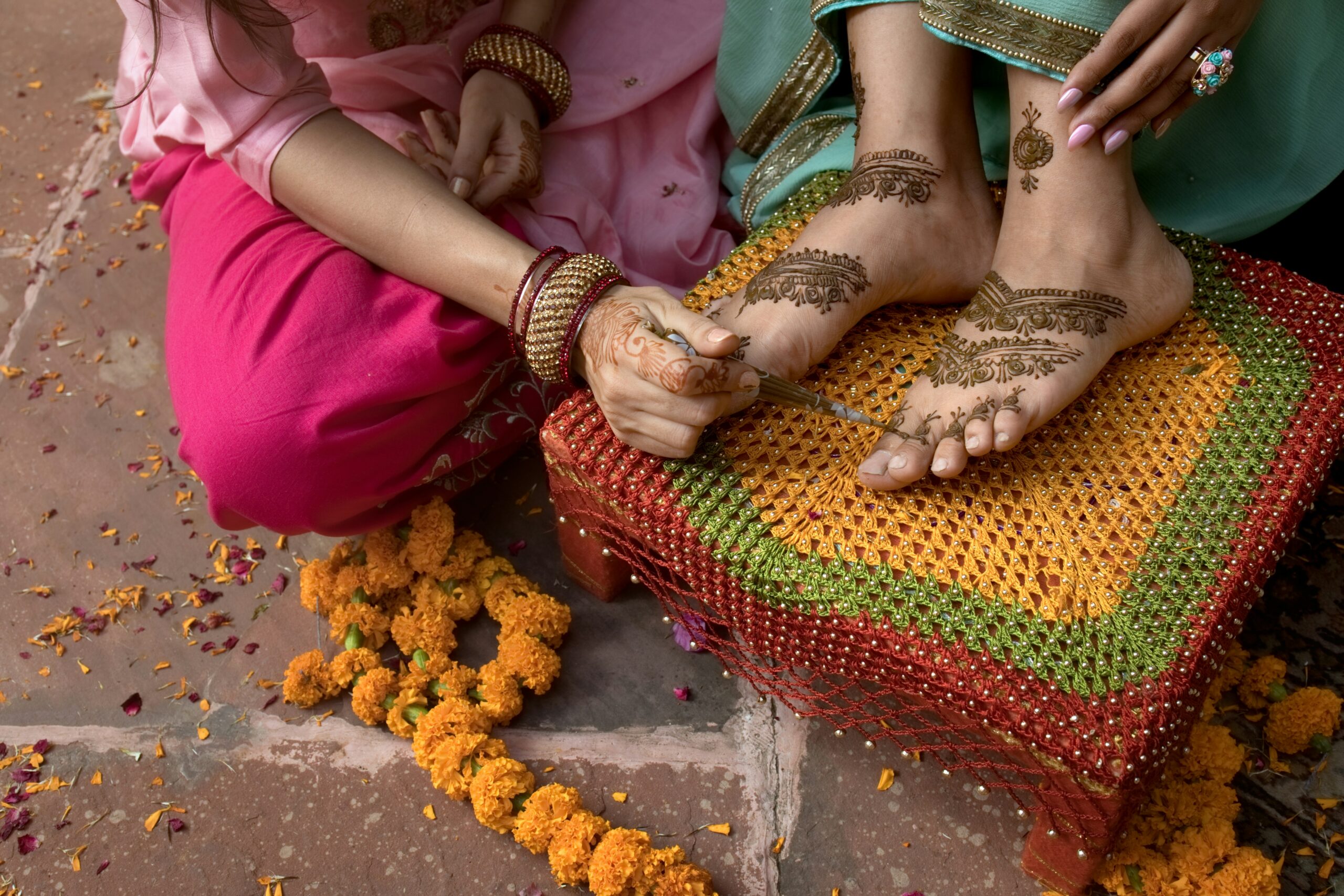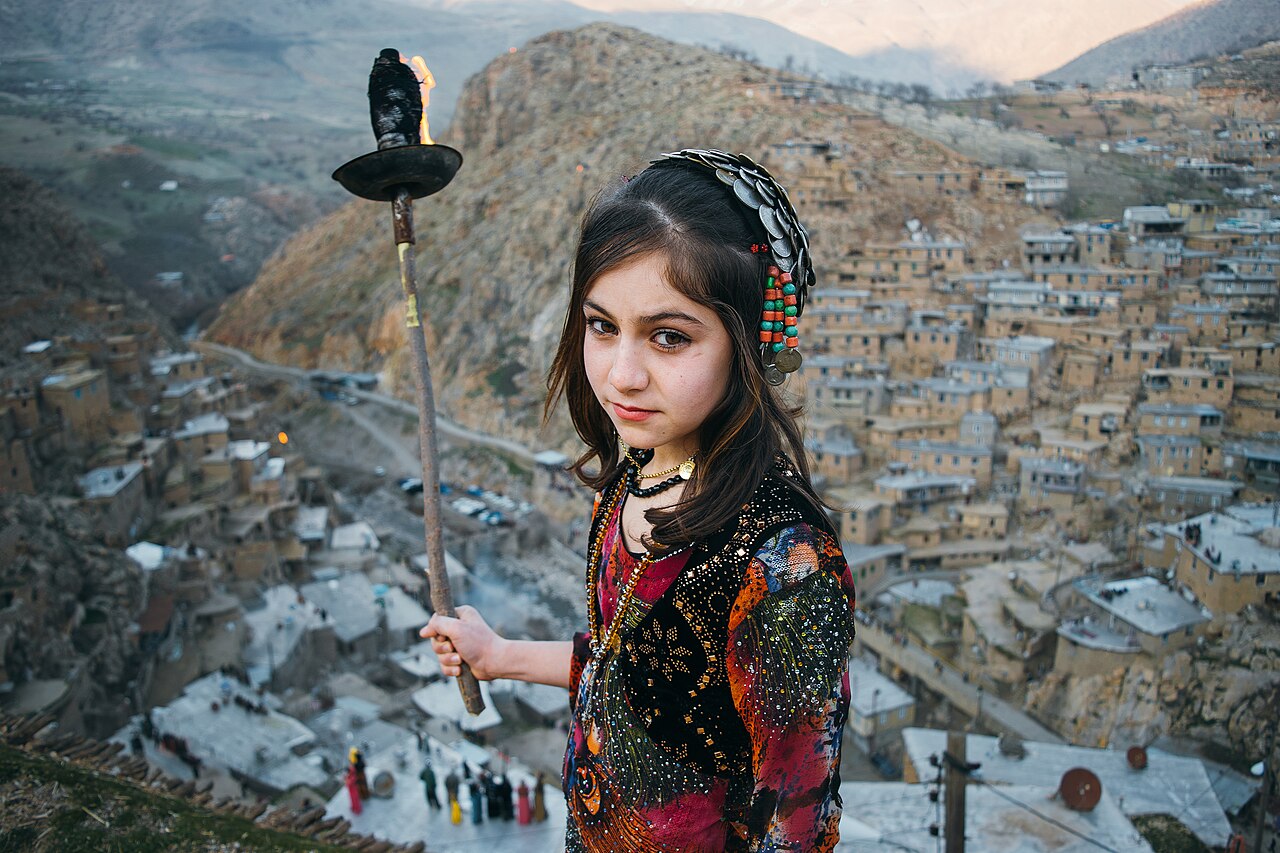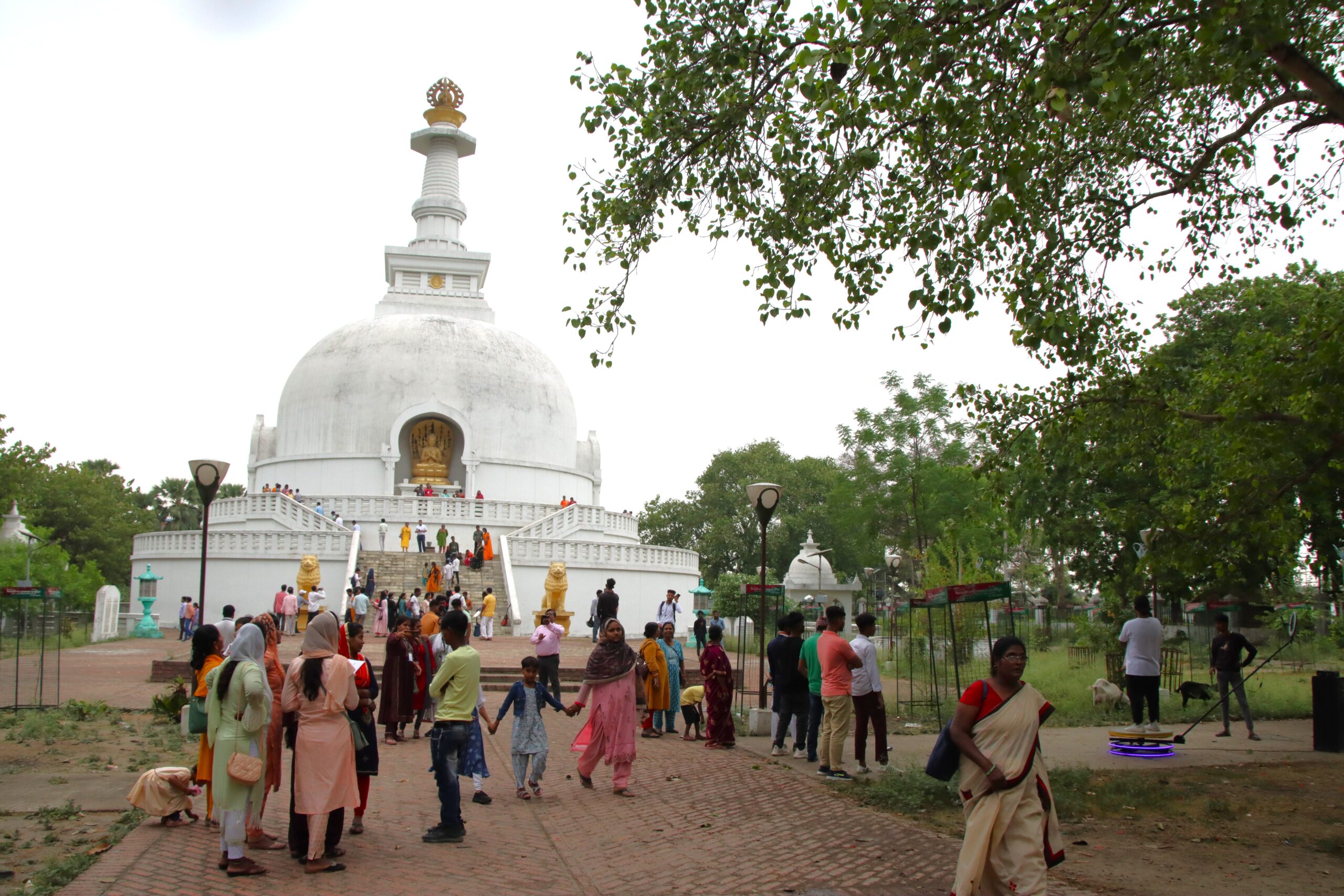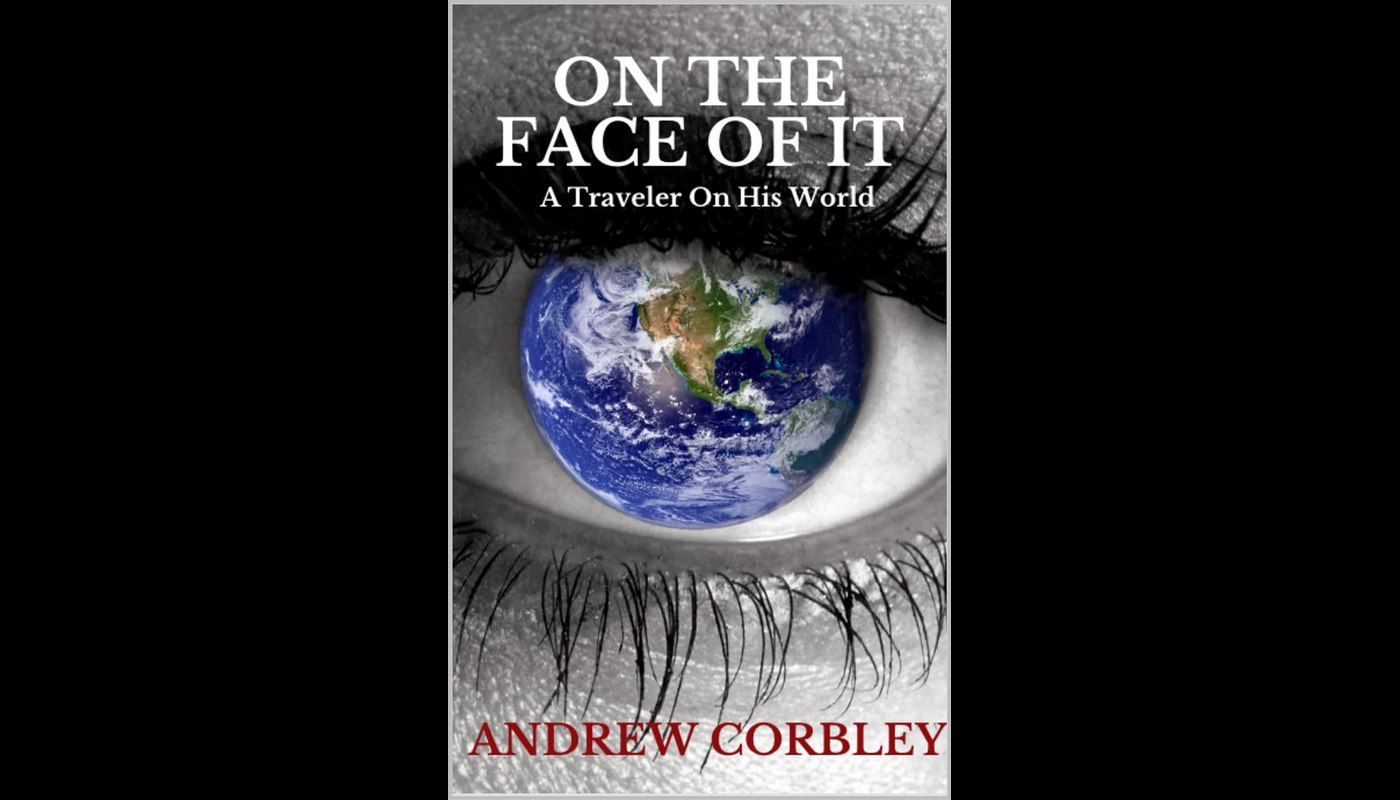The 19th session of the Intangible Cultural Heritage Committee of UNESCO just concluded in Paraguay, adding 58 cultural practices to a list of ‘Intangible Cultural Heritage’.
UNESCO is famous for its designation of World Heritage Sites like Machu Picchu, the City of Rome, and the Treasury of Petra, but is substantially less famous for what is arguably a much more important role it performs.
There’s almost no risk that Machu Picchu or the Great Pyramid of Giza should somehow be forgotten or neglected, but what about Ngondo, the worship of water oracles among the Sawa people of Cameroon, or Xeer Ciise: a set of oral, customary laws used in Somali-Issa communities in Ethiopia, Djibouti, and Somalia?
These are two of the newly added pieces of intangible heritage to UNESCO’s list, and are both, one would have to concede, far less likely to make it out of the century than Machu Picchu.
Adopted in 2003, the Convention for Intangible World Heritage recognized that as the 21st century’s march towards technological globalization continued, the traditions of all kinds in all places were put more and more under threat. These cultural practices are passed down from generation to generation, but as modernization brings mass-produced factory products, digital imagery and sounds, and a great slow migration away from the countryside to the cities, the risk to the transfer of these traditions from father to son, mother to daughter, or master to apprentice, grows.
The convention states that intangible cultural heritage “means the practices, representations, expressions, knowledge, skills—as well as the instruments, objects, artifacts and cultural spaces associated therewith—that communities, groups and, in some cases, individuals recognize as part of their cultural heritage”.
“This intangible cultural heritage, transmitted from generation to generation, is constantly recreated by communities and groups in response to their environment, their interaction with nature and their history, and provides them with a sense of identity and continuity, thus promoting respect for cultural diversity and human creativity,” the text reads.

But what is intangible cultural heritage?
It’s the baking of baguettes in France, the art of decorative paper cutting from Belarus, the music of Bakshis in Khorasan, the Nadam wrestling festival in Mongolia, Carnival in Barranquilla, Vedic chanting in India, traditional wood crafting techniques of the Zafimaniry in Madagascar, henna tattooing, or the way the people on Vanuatu make drawings in the sand.
In short, it can be pretty much anything from organized athletics to craft, and from traditional beliefs to dining habits. Malaysia even managed to get “breakfast” on the list.
This year, many beloved traditions have been recognized by the convention which once focused mostly on small, vulnerable traditions. They include the Spring Festival—said to be the largest single movement of human beings on the planet, as well as Nowruz, a Spring Equinox celebration that dates back thousands of years and is celebrated right the way across the Asian continent.
Sake brewing from Japan, coffee preparation on the Arabian peninsula, the transhumance of Mongol pastoralists, European dry stone masonry, soap making in the Levant, a harvest festival in Tajikistan and Iran, and the traditional music of the Afghan rubab instrument, are just some of the activities inscribed on the list this year. Two activities, a theatrical dance from Indonesia, and a rainmaking ritual from Botswana, were added to the list of Intangible Cultural Heritage in Urgent Need of Safeguarding and serve to remind us of the convention’s true purpose.
It’s an interesting concept to consider whilst wandering the world. When you see something really typical, strange, or characteristic of a certain part of the globe, ask if you are looking at intangible world heritage—the activities and customs that define the story of the human experience. WaL
We Humbly Ask For Your Support—Follow the link here to see all the ways, monetary and non-monetary.
PICTURED ABOVE: A village girl in Palangan, Kurdistan, Iran; preparing for the spring festival of Nowruz which was just inscribed as Intangible Cultural Heritage by UNESCO. PC: Salar Arkan – سالار ارکان CC 4.0. BY-SA.



